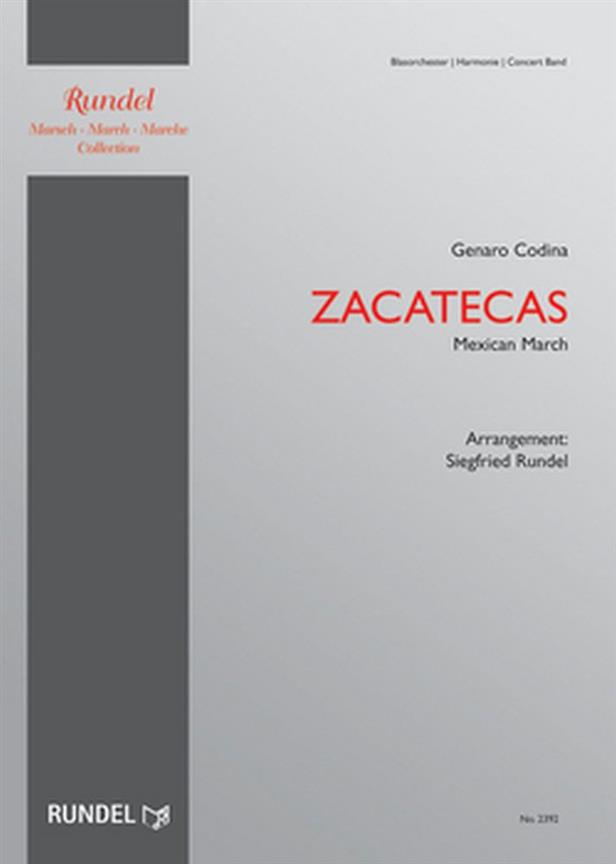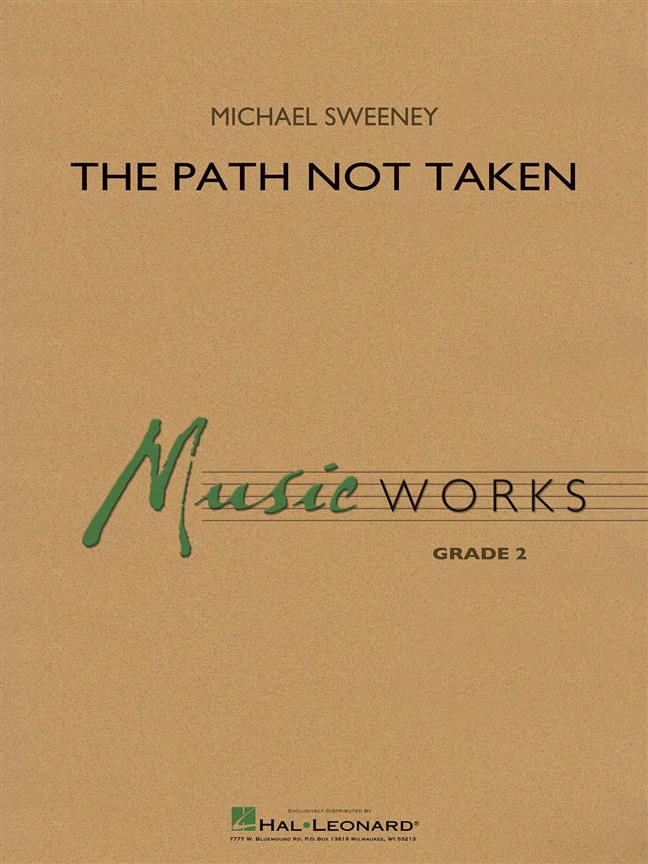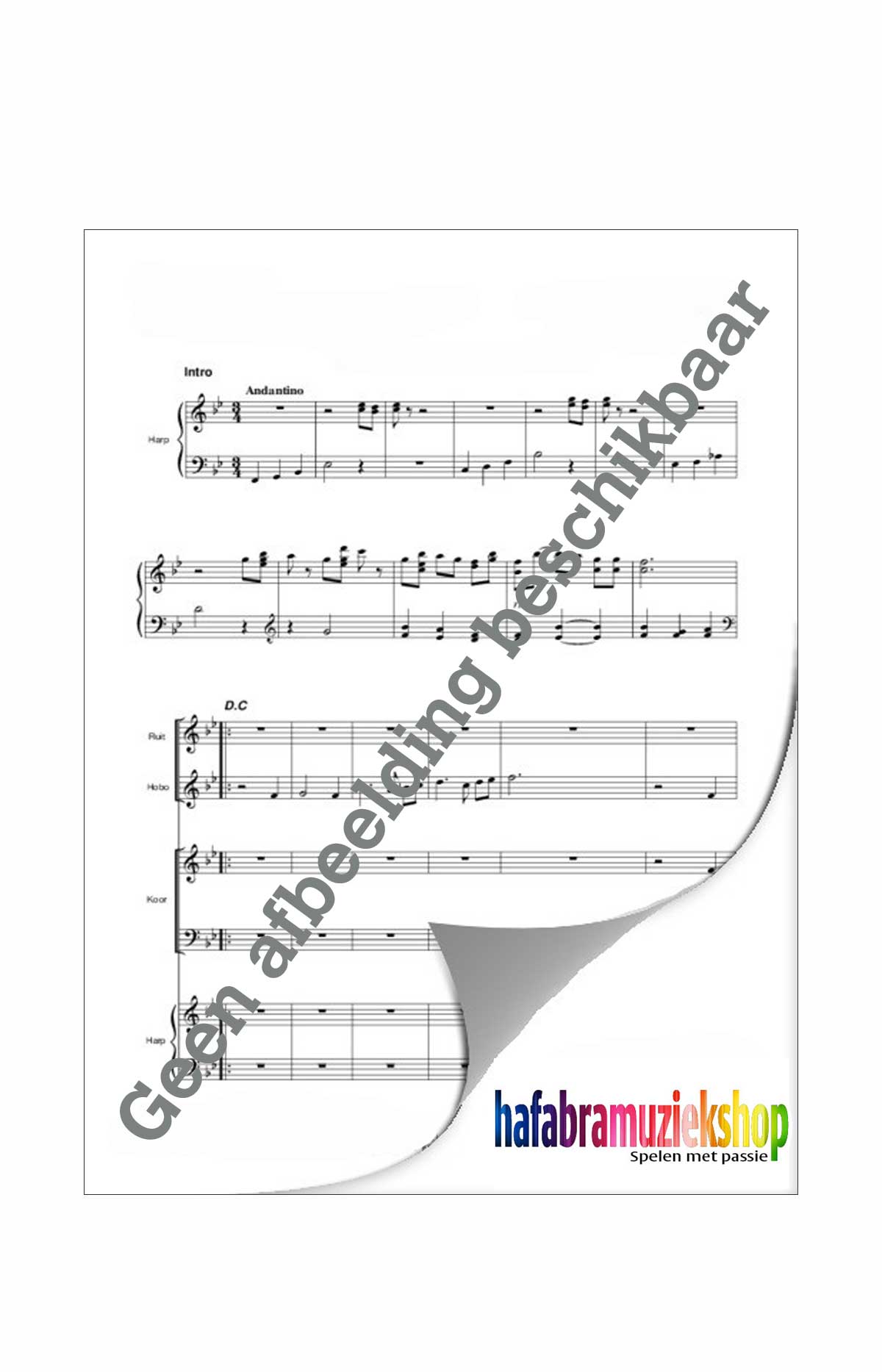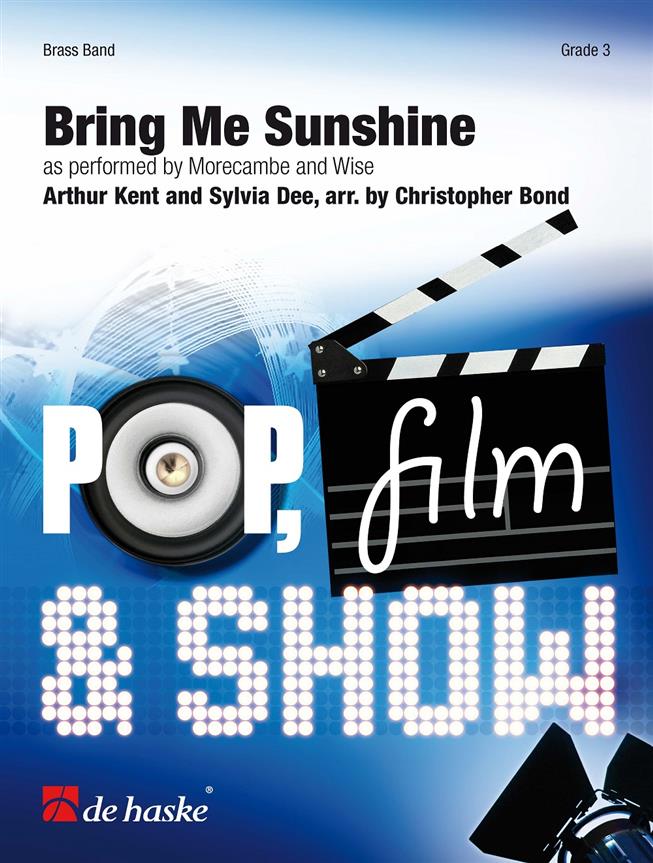Beschrijving
It is rather astonishing to learn that the march “Zacatecas”, which is regarded as “second national anthem” in Mexico, resulted from a competition between friends. Let us, however, come back to this issue later on. Genaro Codina was born on September 10, 1852 in the city of Zacatecas located in the central Mexican province of the same name. With only a fey interruptions Codina spent most of his life in that region. Genaro’s parents furthered the musical talents of their son by sending him to a private music school. He played several instruments, but he preferred the portable harp. Around his native city he was more known as a manufacturer of spectacular fireworks rather than as an artist. In 1887, when Genaro Codina was employed in the local bank, the Mexican President, Porfirio Diaz, decreed that he become an accountant in the provincial administration. This ordinance stemmed from a march which Codina had dedicated to the President. Not much is known about Codina’s career and activities as an artist. Mexican sources available show him as a composer of marches and dances. In later years he also directed the “Orquestra Tipica Zacatecana” with which he went to Mexico City and also toured the United States. It was probably Fernando Villalpando, his brother-in-law and director of the local city band, who exercised a formative musical influence on Genaro Codina. Codina died in Zacatecas in November 1901. He was honored posthumously as “Hombre ilustre de Zacatecas”. In 1891 friends and colleagues of Codina spent hours in discussion as to who was the superior composer, Villalpando or Codina. They finally agreed that both should compose a march and a jury was to decide which piece submitted was the superior one. The contest took its time, but at last Codina played a march on his harp, which he called “Marcha Aréchiga”. The contest between Codina and his brother-in-law saw him victorious. However, General Jesús Aréchiga, the provincial governor, declined the dedication of this march and suggested it to be entitled “Zacatecas” to honor both the city and the province of this name. Fernando Villalpando not only assisted Codina in the orchestration of the march, he also premiered it with the city band of Zacatecas during a concert in the Plaza de Armas on September 15, 1892. The march eventually became the “second national anthem” when patriotic words were added to the music that thrilled all Mexicans. The reason why “Zacatecas” has become one of the best-known international marches probably results from the fact that it was published by an American company as early as 1893, and soon after it was offered by the renowned publisher Carl Fischer of New York.




